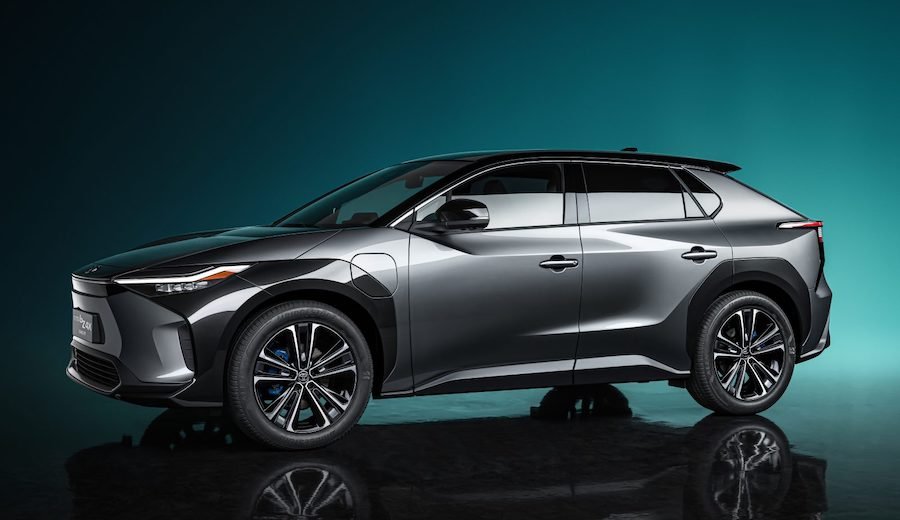Toyota Chairman Says Full EV Transition 'Isn't The Answer'

Toyota Chairman Akio Toyoda recently expressed his belief that battery electric vehicles will reach a maximum market share of 30 percent, while the remainder will be divided among hybrids, hydrogen fuel cell cars, and traditional fuel-burning vehicles. Toyoda, the grandson of the company's founder, emphasized the importance of customer choice and autonomy in deciding the future of the automotive industry.
During the event, remarks published on Toyota's own media platform quoted Toyoda as saying, "With a billion people in the world living without electricity, limiting their choices and ability to travel by making expensive cars isn't the answer." He went on to stress that the decision on vehicle types should be driven by customers rather than regulatory or political considerations.
"Engines will surely remain," Toyoda stated in the company publication, though it remains unclear whether he was referring to new car sales or vehicles already on the road. The chairman's remarks also did not provide clarity on his predictions for the US market, where the growth of EV market share has been slower than anticipated.
Toyota's approach to EVs has been notably conservative compared to some of its industry counterparts. The company's steadfast commitment to its pioneering hybrid technology has set the tone for its more measured transition to battery-powered mobility, with a belief that a one-size-fits-all approach may not be suitable for all markets and consumer preferences. This conservative stance reflects the company's pragmatic consideration of global energy infrastructure, customer needs, and the longevity of existing vehicle fleets, challenging the prevailing trend toward a rapid and exclusive shift to electric propulsion.
About a year ago, Toyoda, then Toyota’s CEO, declared that going green also involves converting existing combustion-powered cars into electric vehicles or hydrogen machines. A few weeks before that interview, the Japanese firm displayed two AE86 Concepts at the Tokyo Auto Salon, previewing greener conversations of older vehicles. The first used a Mirai-sourced hydrogen powertrain, while the other used an electric motor sourced from a Tundra hybrid and a battery pack from a Prius plug-in hybrid.
Related News
